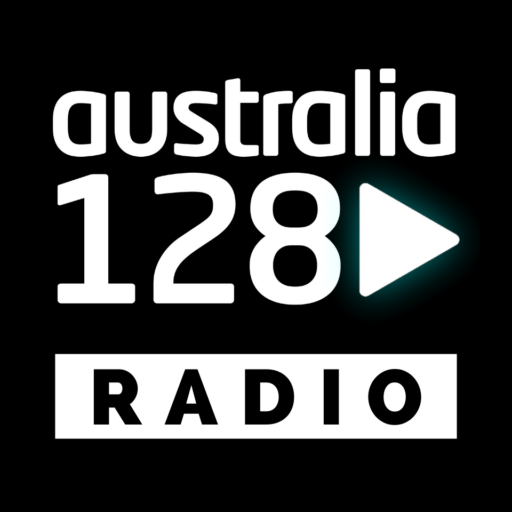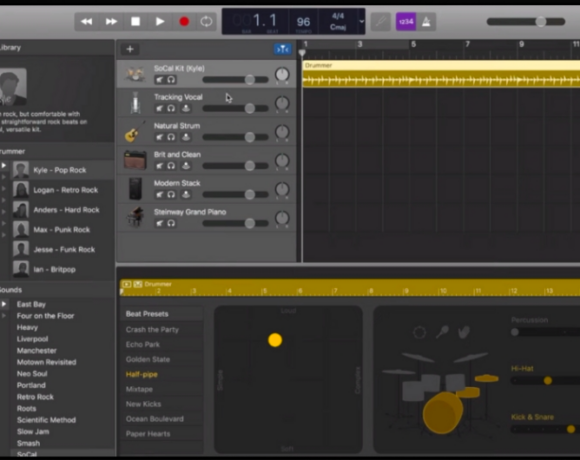Ever tuned into Australia128 and wondered about the magic behind the number 128 in its name? It’s not just a random number, but a nod to the digital brilliance that the station has been broadcasting with since its inception in 2010. Let’s dive into the quirky yet crucial significance of “128” and how it defines the quality of sound that streams through your speakers.
The Significance of 128
The “128” in Australia128 is a clever tip of the hat to the streaming bitrate of 128 kilobits per second (kb/s) that the station uses to broadcast its tunes and talk.
In the digital world, bitrate is a critical factor in audio quality—the number of bits that are conveyed or processed per unit of time.
Back in 2010, when internet radio was still finding its footing, many stations opted for lower bitrates to save on bandwidth costs, which were higher and less accessible than today. Common bitrates for audio streaming ranged from as low as 64 kb/s to about 96 kb/s. These lower bitrates often meant that audio quality was sacrificed for efficiency and cost savings. However, Australia128 chose to set itself apart by streaming at 128 kb/s, striking a balance between sound quality and stream stability.
Understanding Bitrate and Sound Quality
Bitrate directly influences the fidelity of the sound in digital formats. Higher bitrates generally mean better sound quality because more data is transmitted every second. Here’s a quick rundown on how 128 kb/s stands against other common bitrates:
CD Quality: CDs are typically encoded at 1,411 kb/s (16-bit, 44.1 kHz). This is considered high-fidelity, providing clear, vibrant sound with a high level of detail. It’s the standard for excellent audio quality but requires significantly more bandwidth and storage.
DAB+: Digital Audio Broadcasting Plus (DAB+) varies in bitrate but is often broadcast between 160 kb/s and 192 kb/s. DAB+ offers better sound quality than traditional FM and is more efficient than the original DAB system, making it a favored standard in digital radio broadcasting.
MP3 Streaming: Most MP3s are found in bitrates from 96 kb/s (low quality), 128 kb/s (acceptable for most listeners), to 320 kb/s (very high quality). The 128 kb/s bitrate used by Australia128 offers a good compromise between audio quality and file size, ensuring that music and speech are clear and pleasant without buffering issues common with higher bitrates.
Why Does This Matter?
For listeners, the choice of 128 kb/s means that Australia128 provides audio that is crisp and enjoyable, surpassing the quality of many internet radio stations that chose lower bitrates. This choice reflects the station’s commitment to quality broadcasting and optimal listener experience, even when it might have been easier and cheaper to compromise.
The Quirky Bit
Choosing 128 kb/s as a bitrate back in the day was a definitive statement—a commitment to quality when the internet was wilder and data more precious. It’s quirky yet fitting that this number has become part of the station’s identity, encapsulating its ethos in three simple digits: 128.
So, next time you tune into Australia128, remember that the clarity and vibrancy of what you hear are not just by chance—it’s a carefully chosen hallmark of quality that makes Australia128 what it is today!


